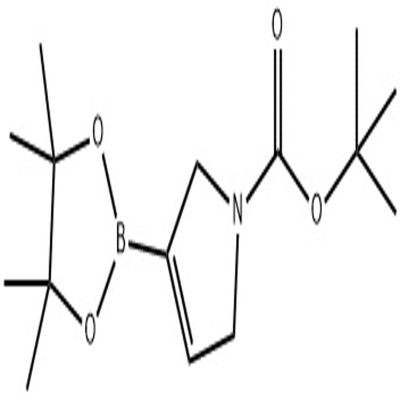-
Categories
-
Pharmaceutical Intermediates
-
Active Pharmaceutical Ingredients
-
Food Additives
- Industrial Coatings
- Agrochemicals
- Dyes and Pigments
- Surfactant
- Flavors and Fragrances
- Chemical Reagents
- Catalyst and Auxiliary
- Natural Products
- Inorganic Chemistry
-
Organic Chemistry
-
Biochemical Engineering
- Analytical Chemistry
-
Cosmetic Ingredient
- Water Treatment Chemical
-
Pharmaceutical Intermediates
Promotion
ECHEMI Mall
Wholesale
Weekly Price
Exhibition
News
-
Trade Service
The production of pharmaceuticals and other chemical products is a complex process that requires the synthesis of many different compounds.
One such compound is 5-bromo-2-(methylthio)pyrimidine-4-carboxylic acid, which is used in the production of medicines for a variety of diseases.
The synthesis of this compound can be achieved through several different routes, including synthetic routes.
One of the most commonly used synthetic routes for the production of 5-bromo-2-(methylthio)pyrimidine-4-carboxylic acid is through the reaction of 2,4-diamino-5-(methylthio)pyrimidine with 4-bromo-2,5-dimethylpyrimidine in the presence of a solvent such as acetonitrile.
The reaction is carried out at room temperature and is characterized by a high yield of the desired product.
This synthetic route is considered to be relatively simple and efficient, making it a popular choice in the chemical industry.
Another synthetic route for the production of 5-bromo-2-(methylthio)pyrimidine-4-carboxylic acid is through the reaction of 5-bromo-2-aminopyrimidine with methyl isothiocyanate in the presence of a solvent such as dichloromethane.
The reaction is carried out at room temperature and is also characterized by a high yield of the desired product.
This synthetic route is considered to be relatively easy to perform and is a popular choice in the chemical industry.
In addition to synthetic routes, 5-bromo-2-(methylthio)pyrimidine-4-carboxylic acid can also be produced through semi-synthetic routes.
One such route is through the biotechnological production of the compound using microorganisms such as Escherichia coli that have been genetically modified to produce the compound.
This method is considered to be more environmentally friendly and is becoming increasingly popular in the pharmaceutical industry.
Overall, the production of 5-bromo-2-(methylthio)pyrimidine-4-carboxylic acid is a complex process that requires the synthesis of many different compounds.
Synthetic routes such as the reaction of 2,4-diamino-5-(methylthio)pyrimidine with 4-bromo-2,5-dimethylpyrimidine in the presence of acetonitrile and the reaction of 5-bromo-2-aminopyrimidine with methyl isothiocyanate in the presence of dichloromethane are commonly used in the chemical industry to produce the compound.
The compound can also be produced through semi-synthetic routes such as the biotechnological production of the compound using microorganisms.







